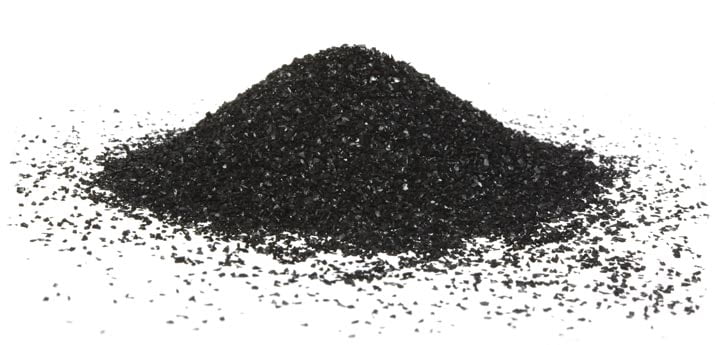
As you may know, TION are a global leader in all things laboratory fume extraction. Especially when it comes to keeping you, the operator, safe from biohazard materials. That’s why our team of experts have kindly detailed what filters you can find in a BSC and how they help to keep the air clean.
So, as we know, a critical component of any biosafety cabinet is the fitted air filter, which is typically a high efficiency particulate air (HEPA) filter, an ULPA filter, or an activated carbon filter. These filters play a very important role in the removal of airborne particles and are essential for the proper function of these cabinets.
Activated carbon filters do not actually trap particles in the same way as a HEPA or ULPA filter, and it is important to understand the differences for your biosafety cabinet.
Activated carbon is the crude form of graphite and is sometimes referred to as activated charcoal. As opposed to graphite, activated carbon has an imperfect, random structure that is extremely porous and features a wide range of pore sizes. Thanks to the graphite structure, activated carbon has a very large surface area.
This allows it to adsorb a huge selection of different compounds. Activated carbon has the strongest adsorption forces, and the highest volume of adsorbing porosity, of any other material on the planet. Adsorbing is when gas or liquid molecules are concentrated on a solid material, such as activated carbon.
Thanks to the highly porous properties of activated carbon, it is commonly used to filter air and remove miniscule particles. Activated carbon air filters are often used in home environments to remove odours, but they are also used in equipment such as biosafety cabinets.
This kind of air filter works to remove gases from the air. The gases are filtered through a section of activated carbon, which works to combat volatile organic compounds, or VOCs. VOCs are released from many products and materials, including everyday household items. Activated carbon air filters can remove odours such as cigarette smoke, but they do not remove fine particles such as dust or mould.
Activated carbon air filters use the process of adsorption to remove these pollutants from an environment, such as a microbiological cabinet. Adsorption is often confused with absorption, but it is important to understand the difference. When a substance is absorbed into another material, for example, water into a sponge, that substance doesn’t become a part of the absorbing material in a molecular level. With adsorption, the pollutants stick onto the outside of the activated carbon.
Biosafety cabinets are designed to create a safe space for working with hazardous substances. They prevent cross contamination and protect staff from exposure to these potentially harmful substances. Many applications require the use of an activated carbon filter in a biological safety cabinet. They remove VOCs and other gas substances from the air, protecting both your team and your application.
It is important to bear in mind that activated carbon filters require frequent changing. This is because the activated carbon quickly becomes full through adsorption and must be replaced in order to continue filtering out the gas substances.
In addition to activated carbon filters, most biosafety cabinets will also have a HEPA H14 or ULPA filter. HEPA filters work to remove particles from the air, such as dust, mould and bacteria, which is essential in a biosafety environment. TION’s HEPA filters typically remove 99.997% of particles down to 0.3 micrometres in size, which is higher than the standards of 99.97%.
If you need to know more about HEPA filters, just follow the link to this handy guide.
Many biosafety cabinets are now featuring ULPA filters as opposed to HEPA, but what’s the difference between the two.
Well, ULPA stands for Ultra-Low Particulate Air filter, and they can remove even smaller particles than a standard HEPA can. An ULPA filter will remove 99.9995% of all particles down to 1.2 micrometres in diameter. This makes them ideal for biosafety cabinets for specialised applications such as medical laboratories and microelectronics manufacturing.
That said, whether your biological cabinet is fitted with HEPA H14 or a ULPA filter, you know you’re going to get a clean airflow in the environment.
When buying a BSC, it is essential that you choose the right type of cabinet and it is built exactly the way you need it to work for your application. The safety of you laboratory and your staff are paramount, so ensuring you have the right type of cabinet, you know the differences between them and they are installed with all the necessary components is critical. One of TION’s greatest strengths is its ability to be flexible to the customers needs. One size doesn’t necessarily fit all. Whatever you need, however you need it, we can build it. If you’re not sure what you need then why not speak to one of our trusted experts. Their knowledge and experience is invaluable.



No thank you
Read our Privacy Policy for more information on how we collect and process data.